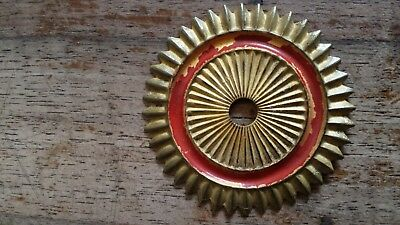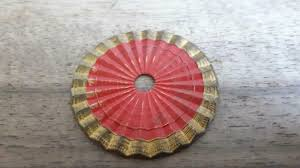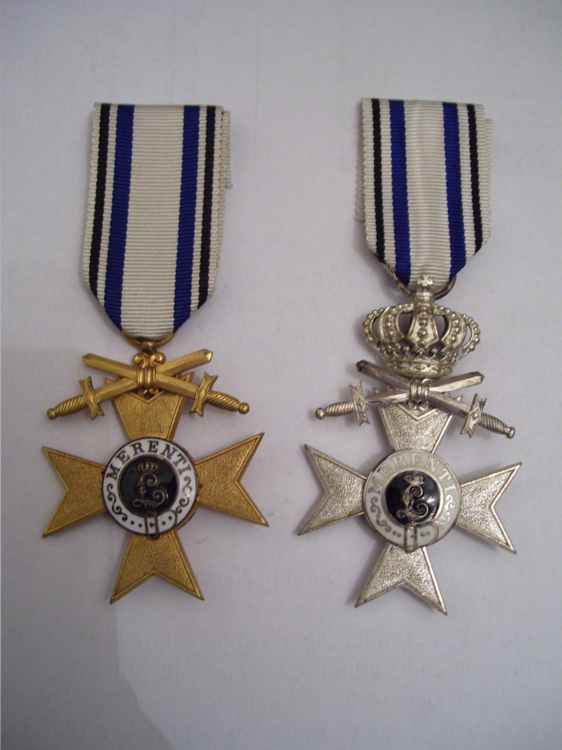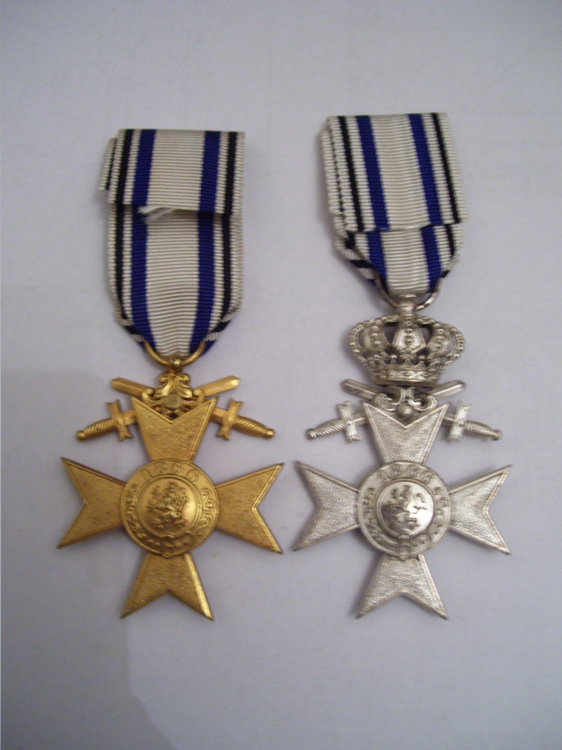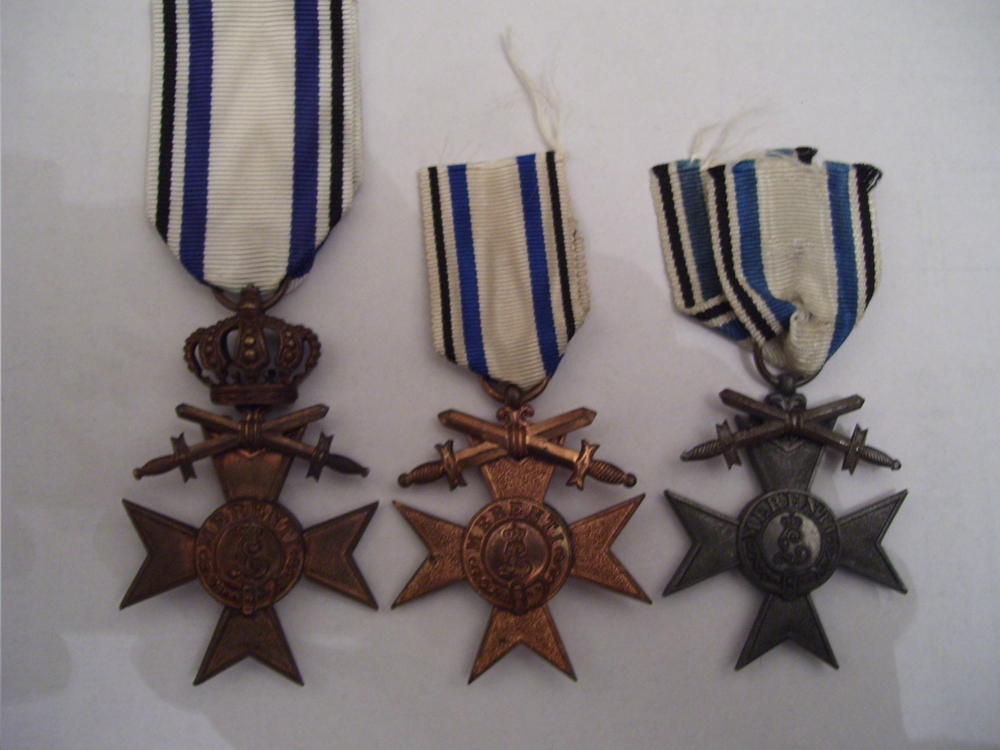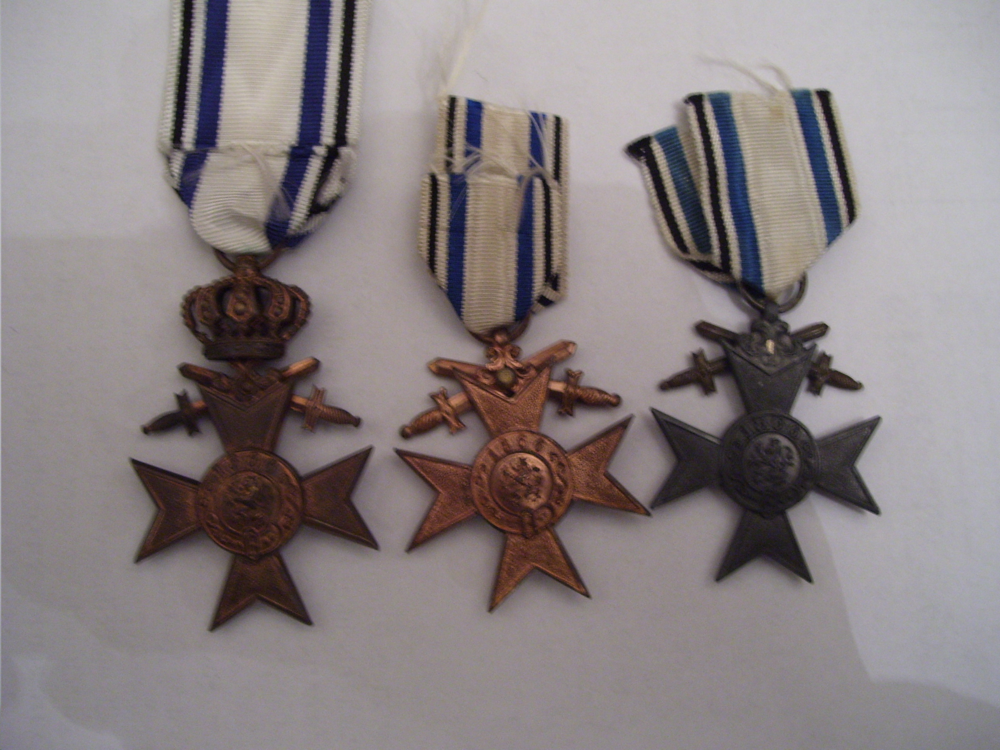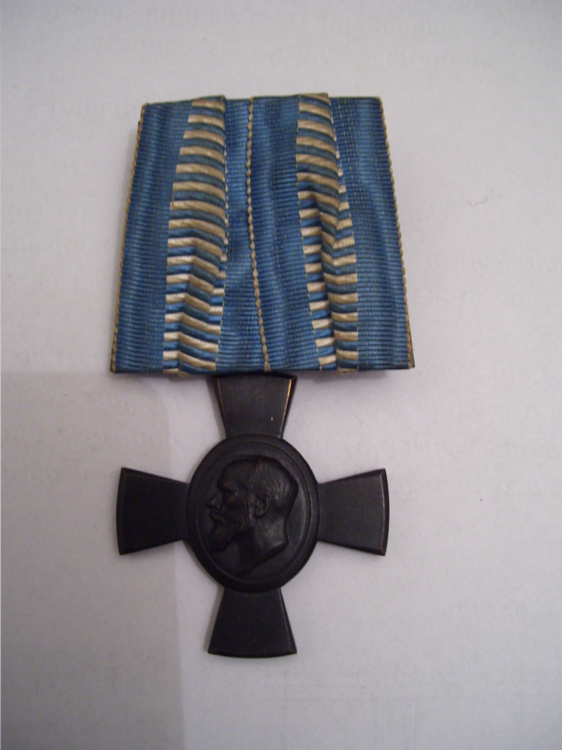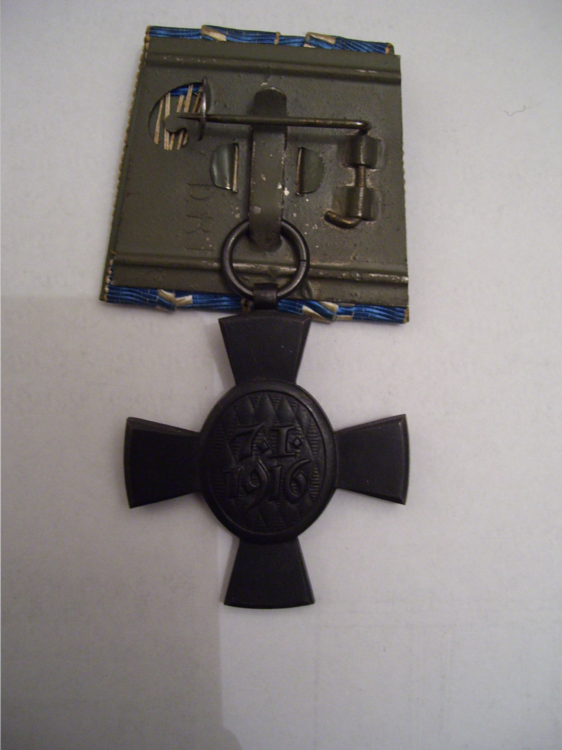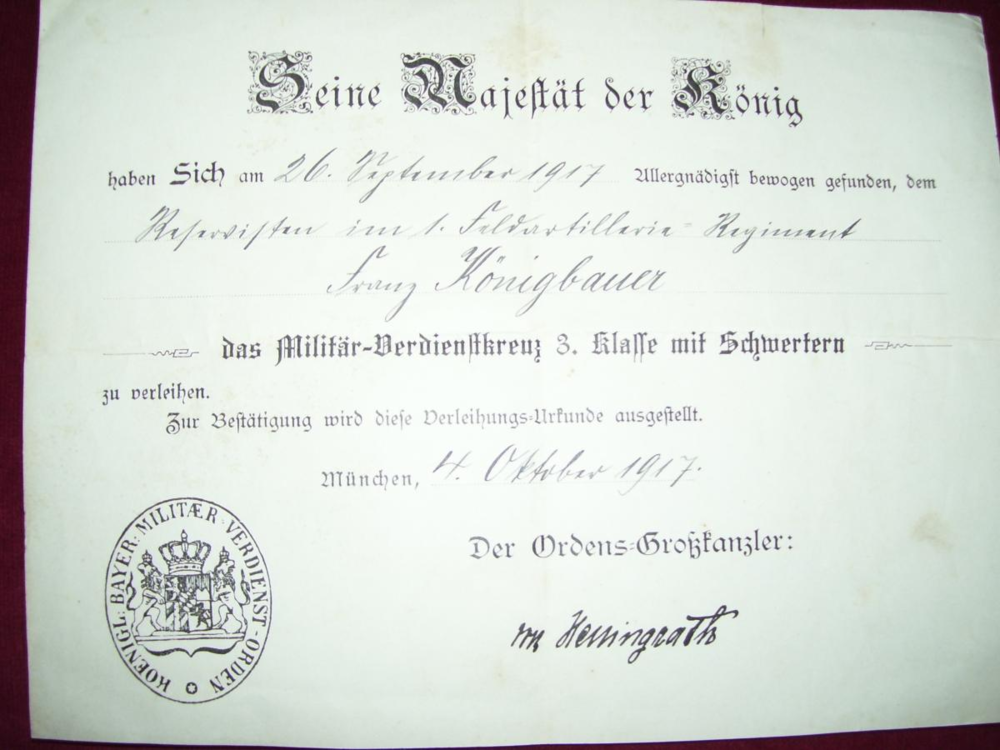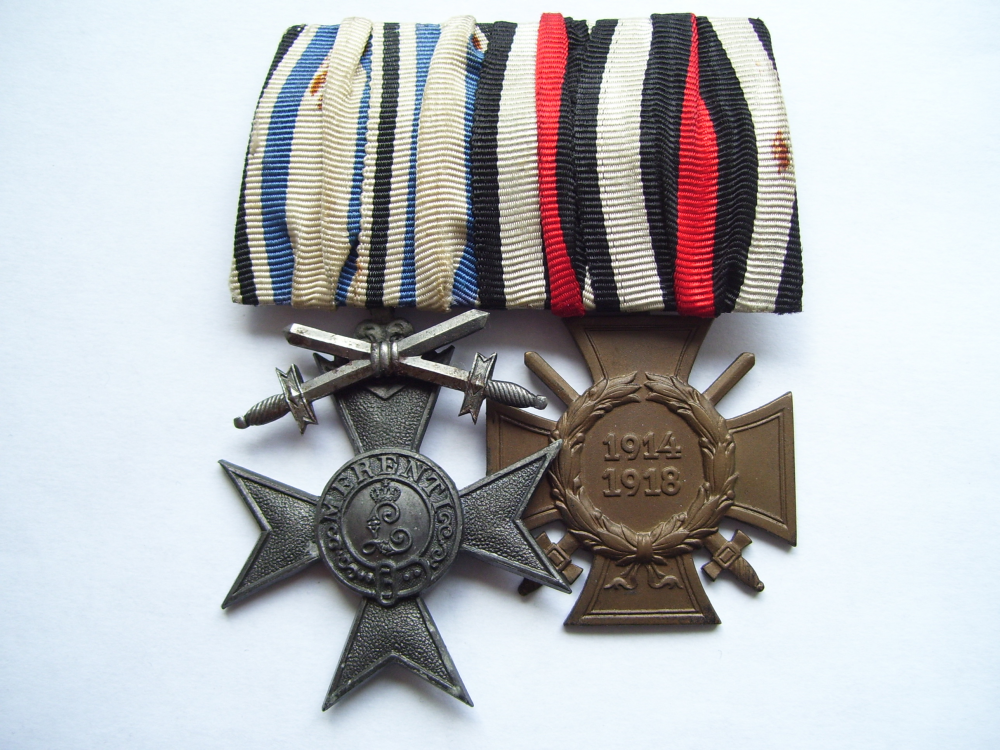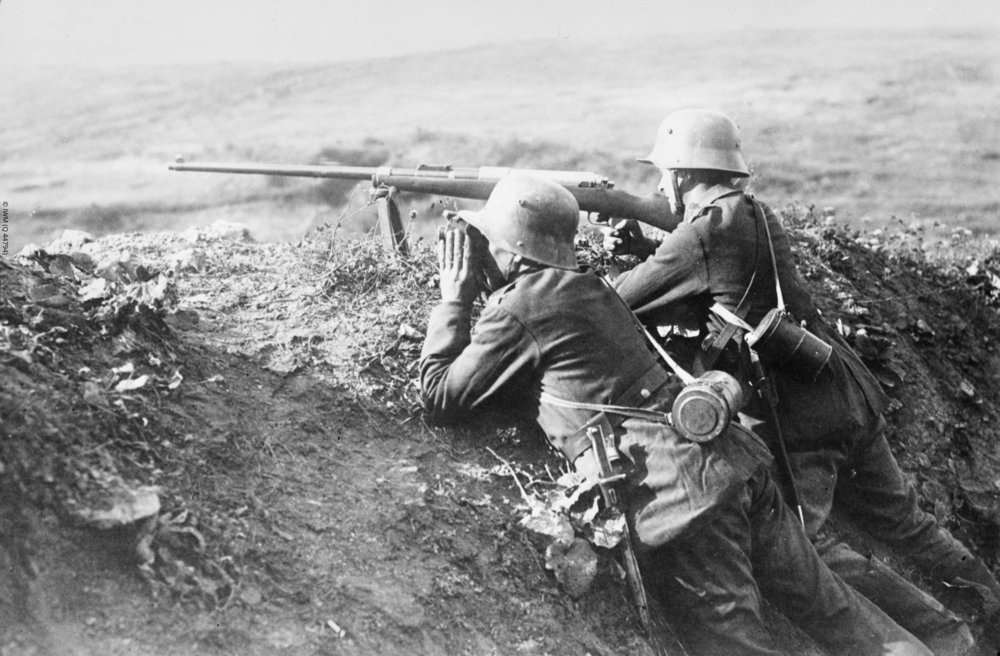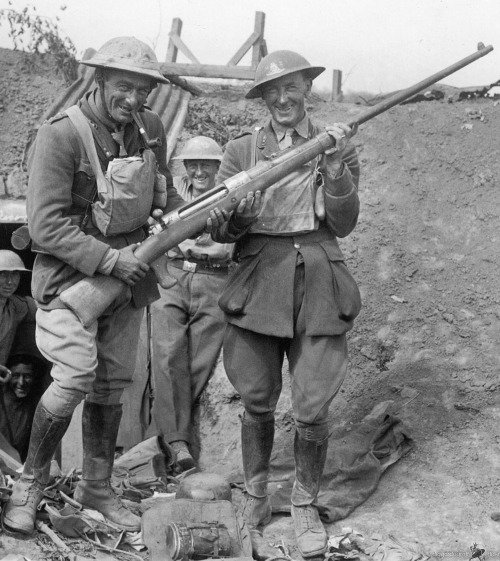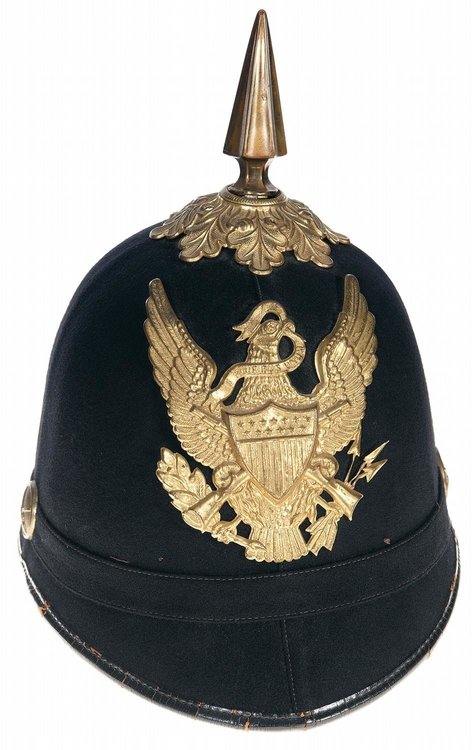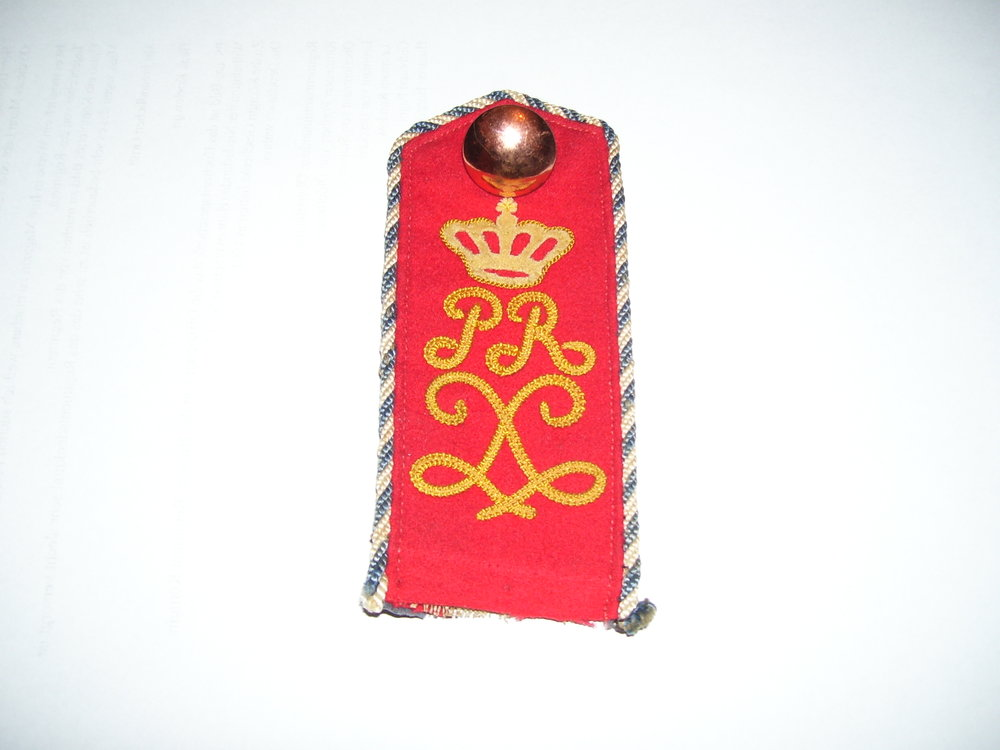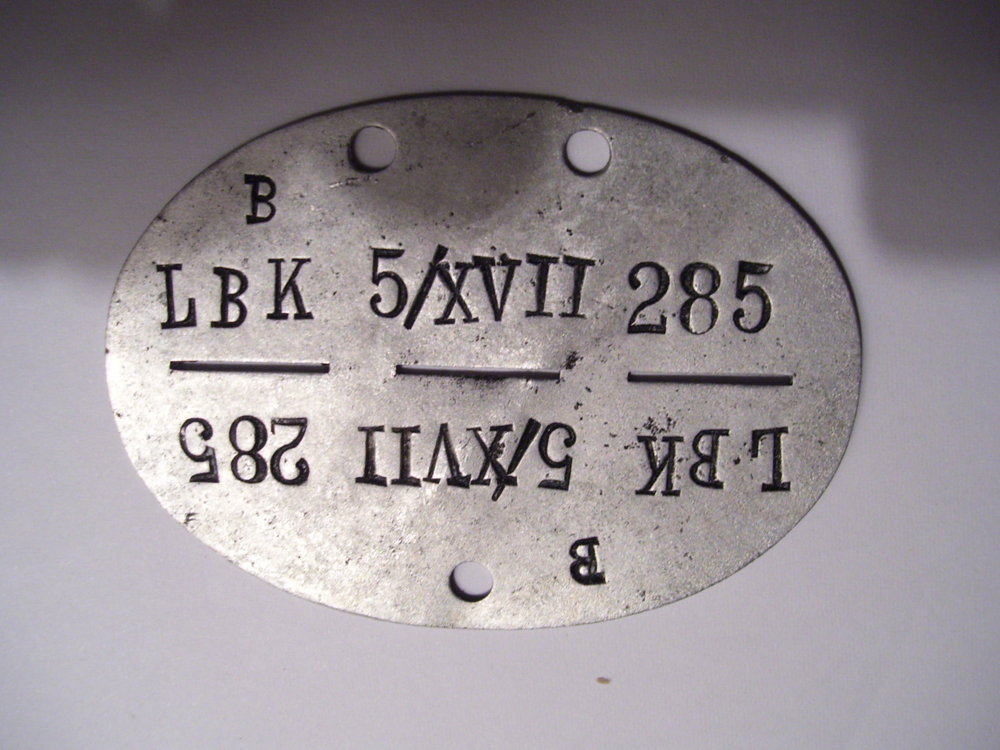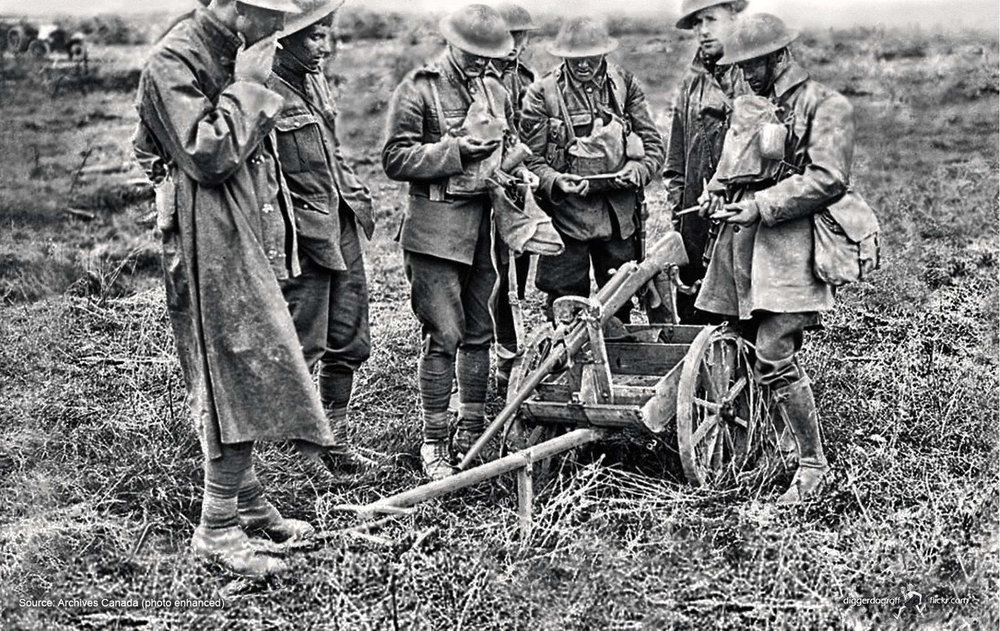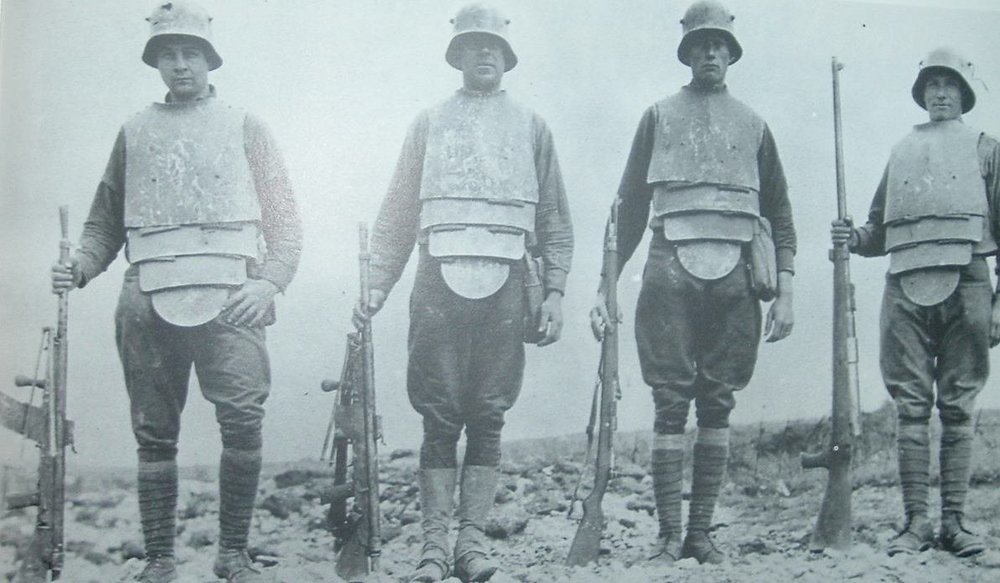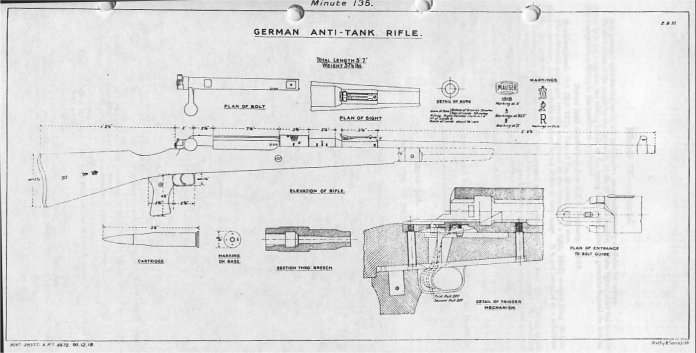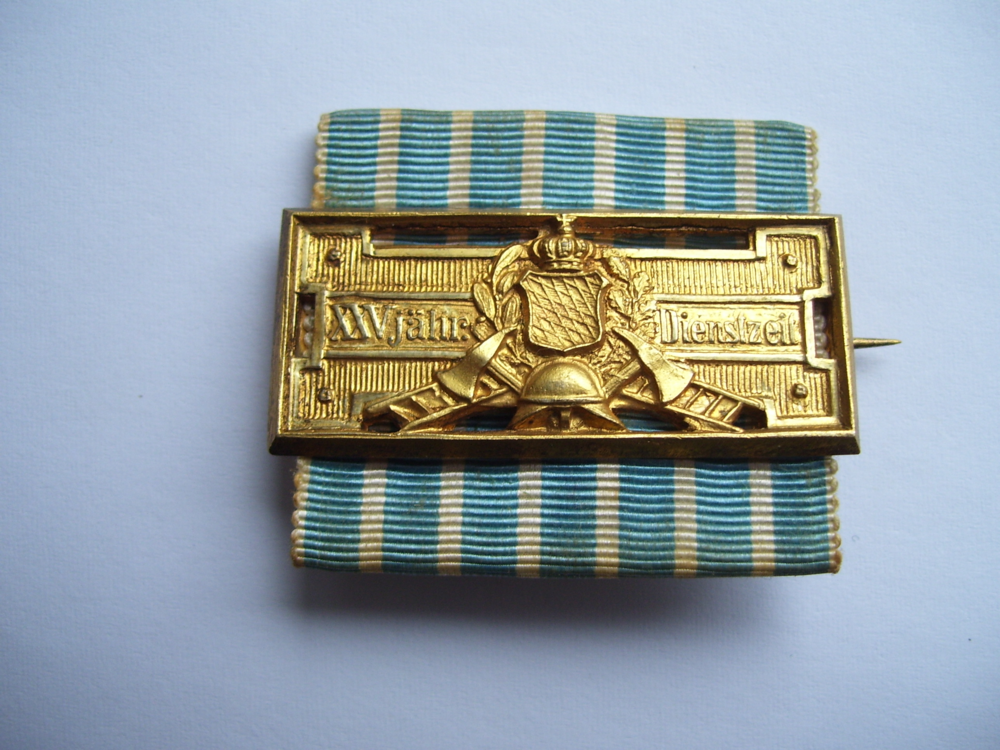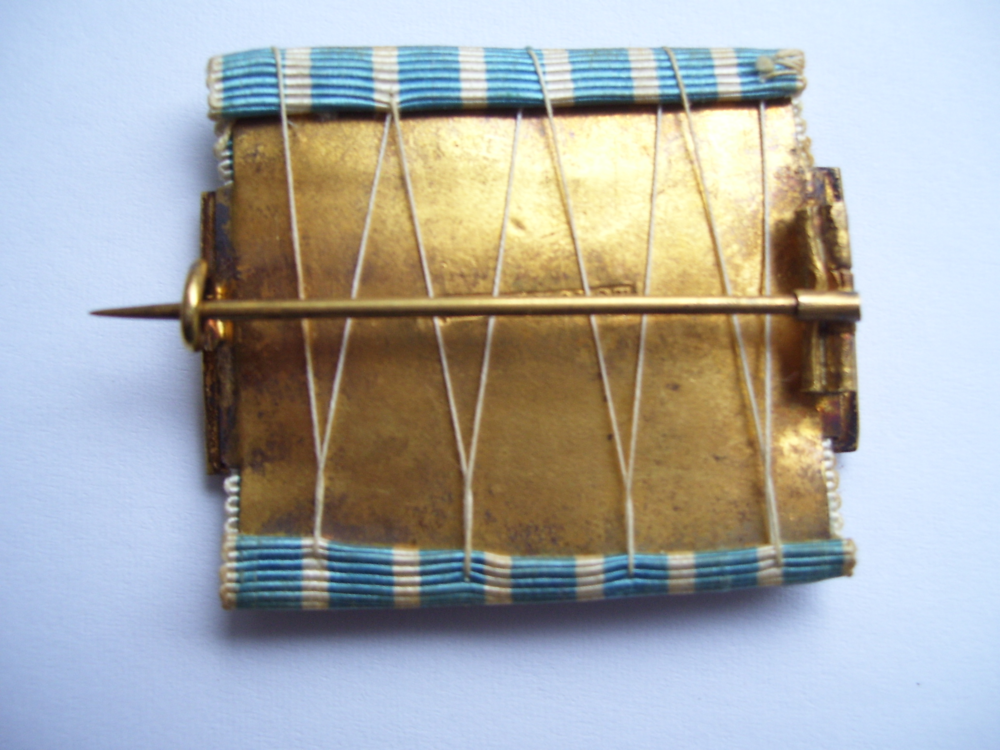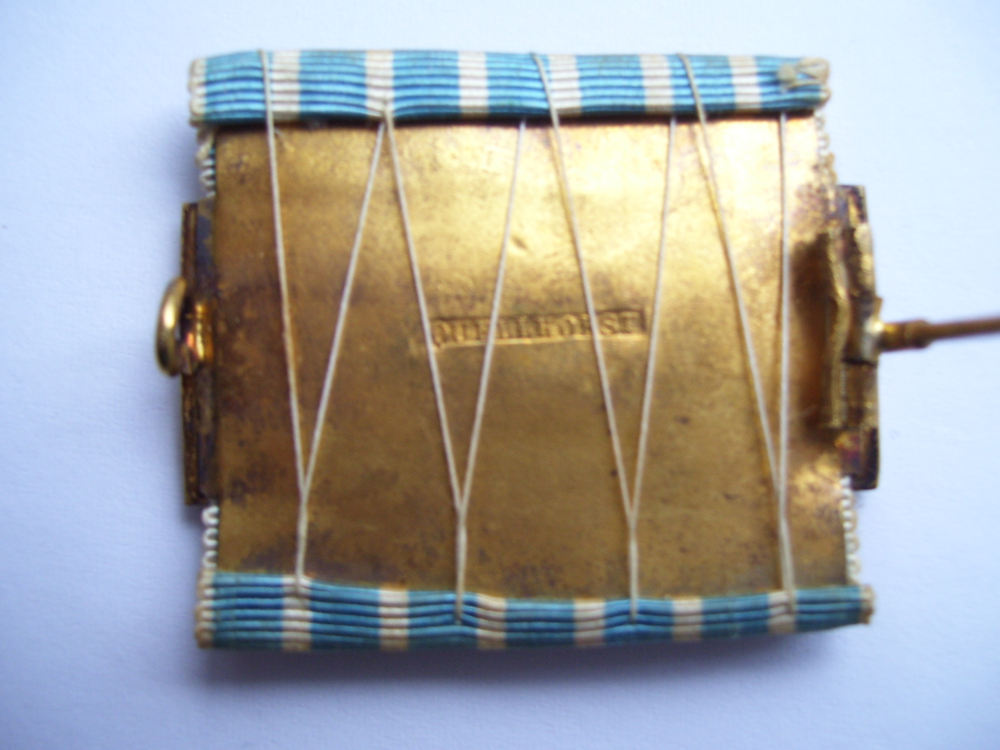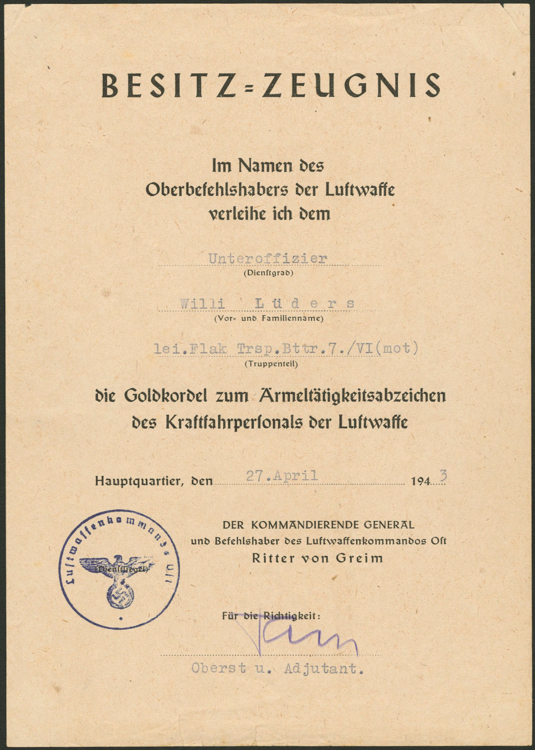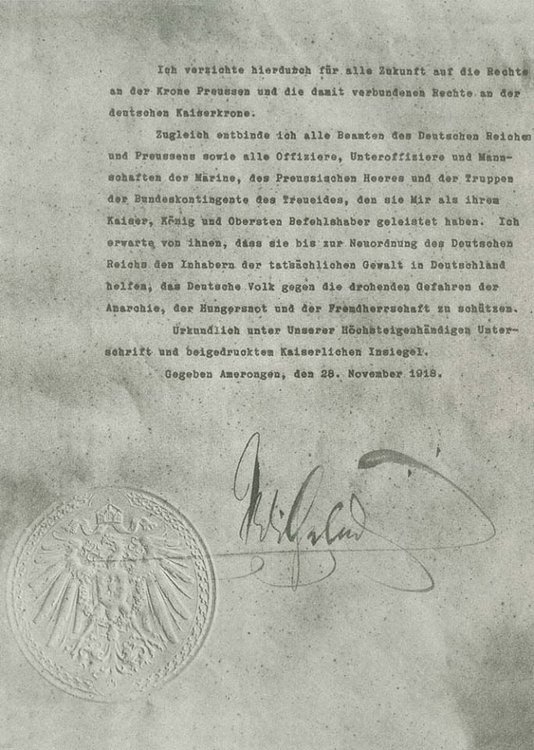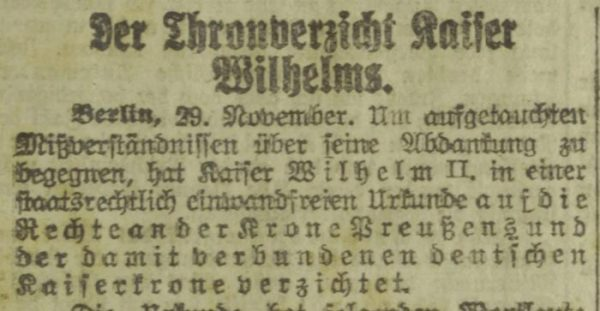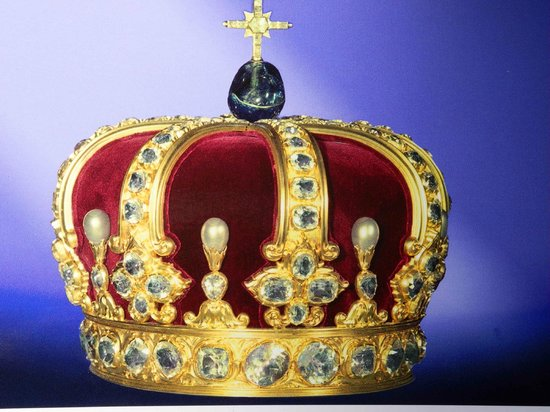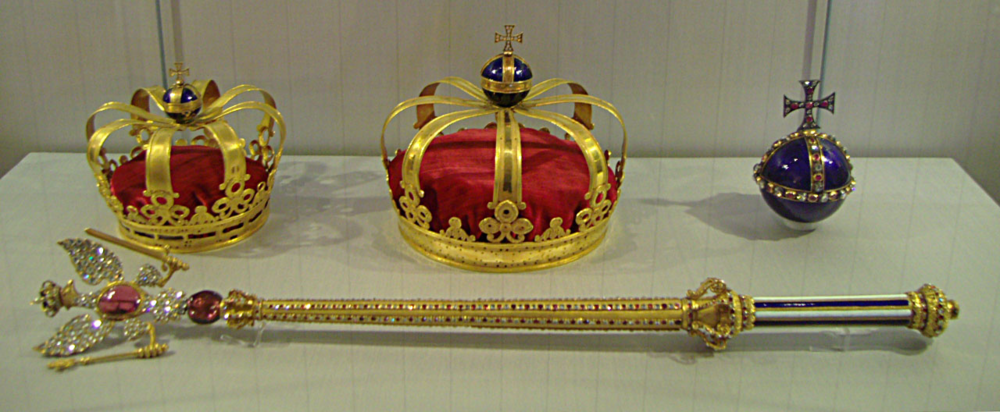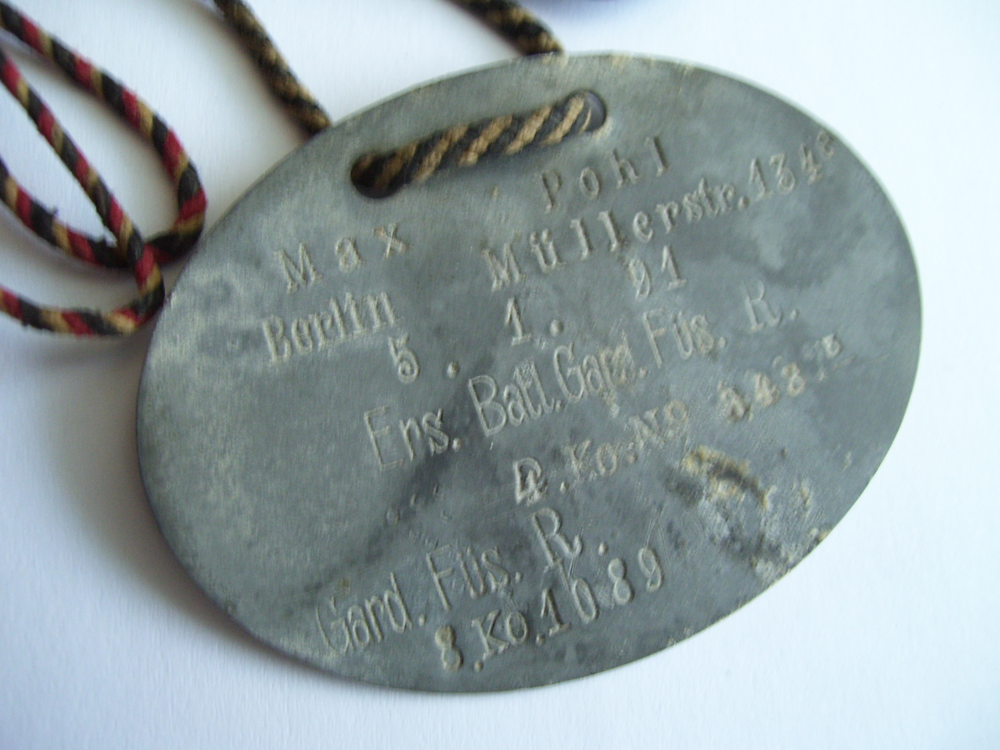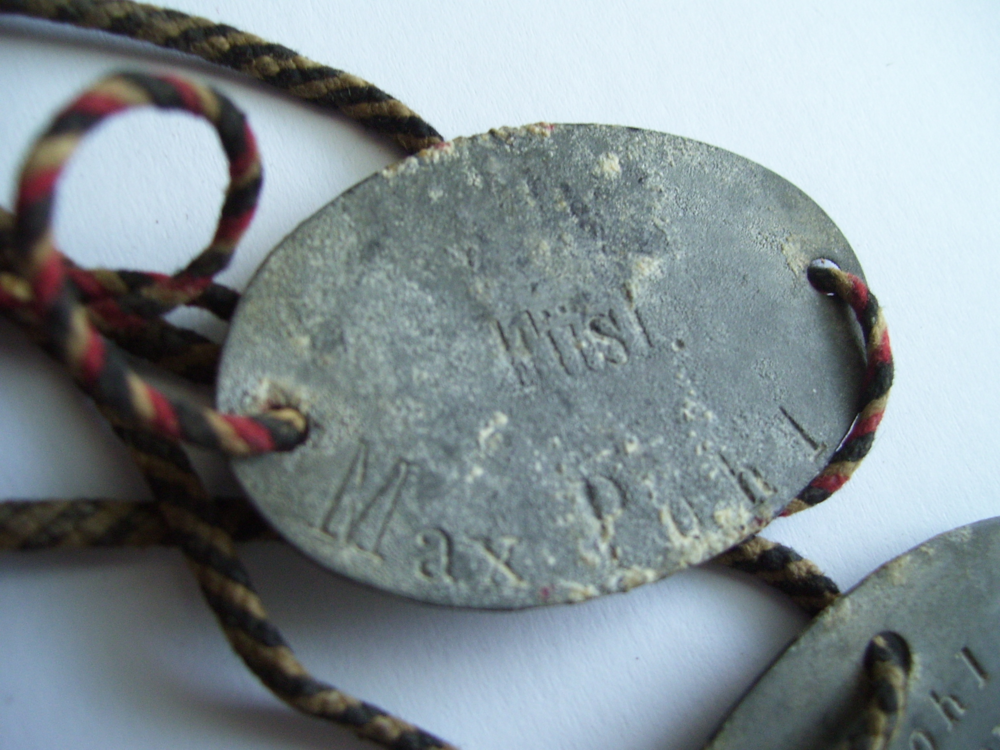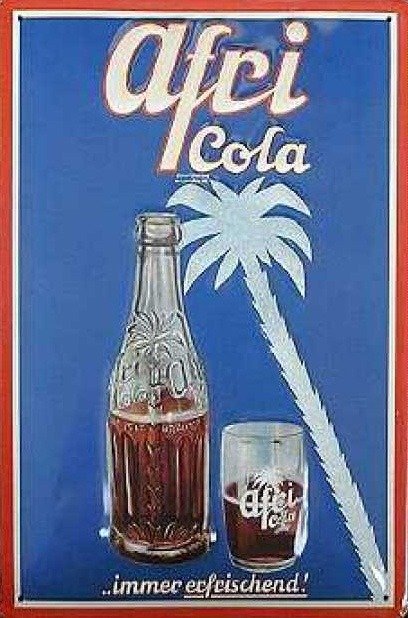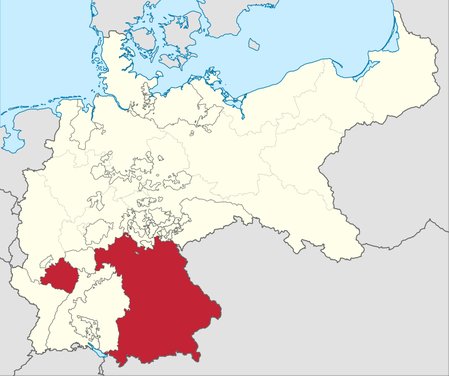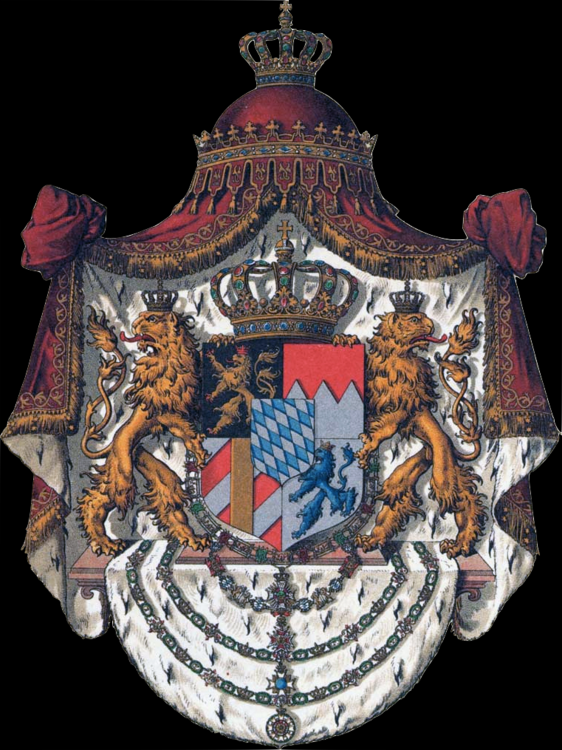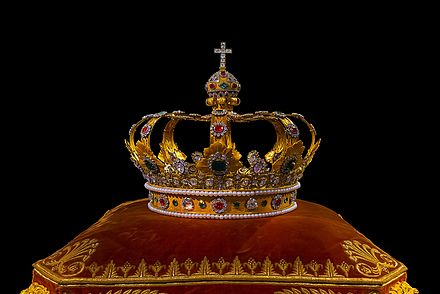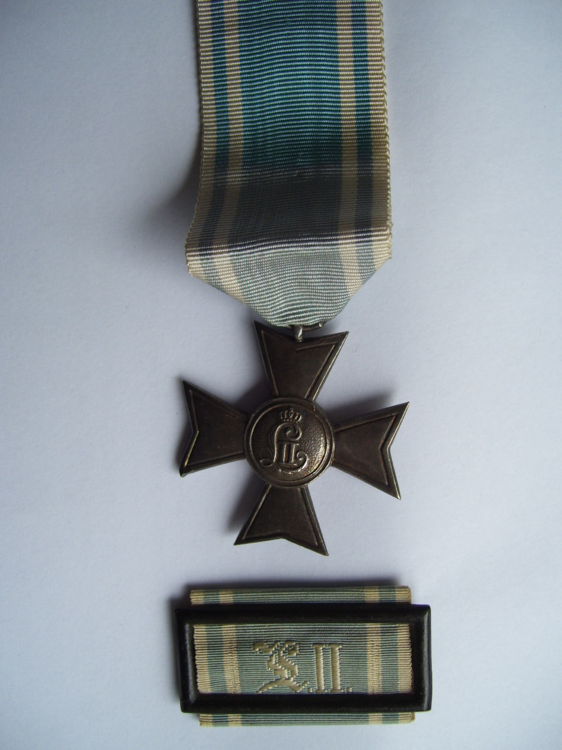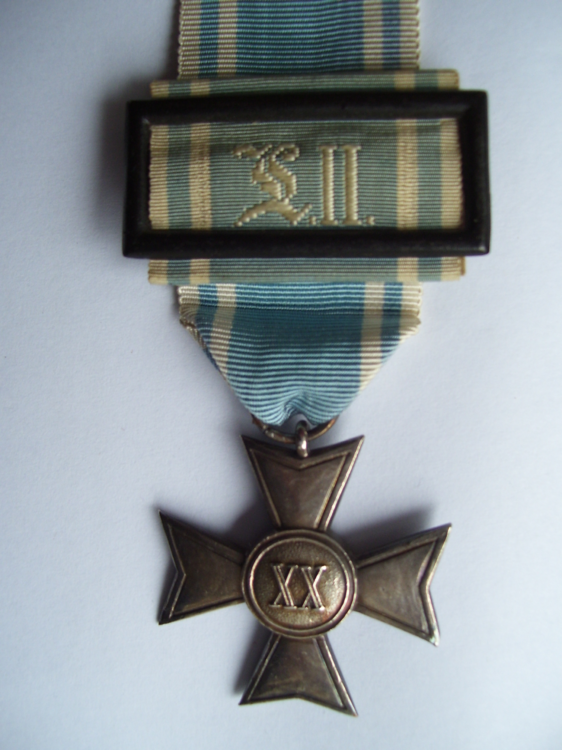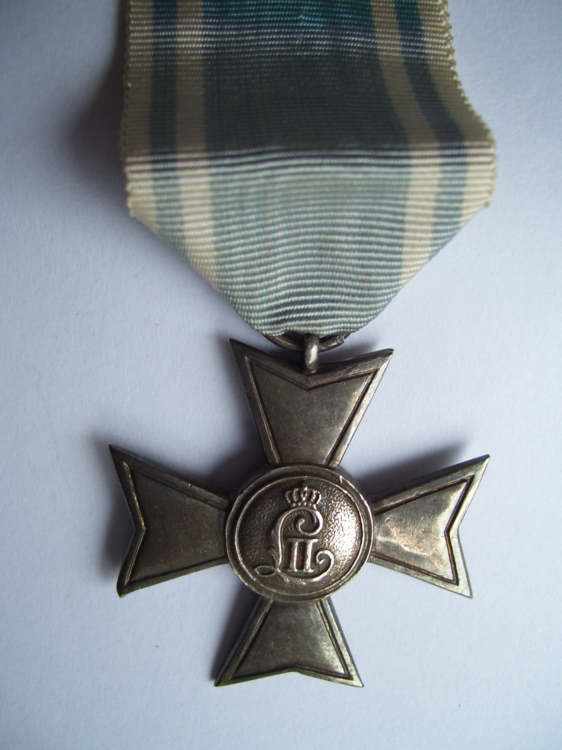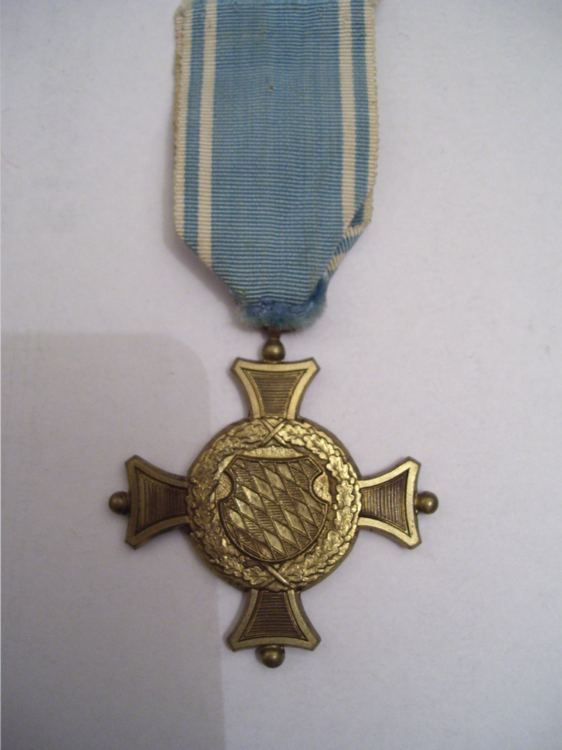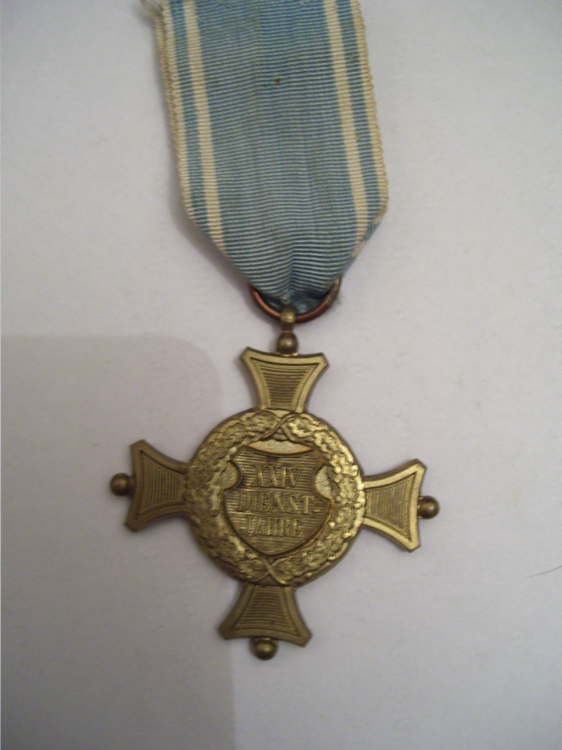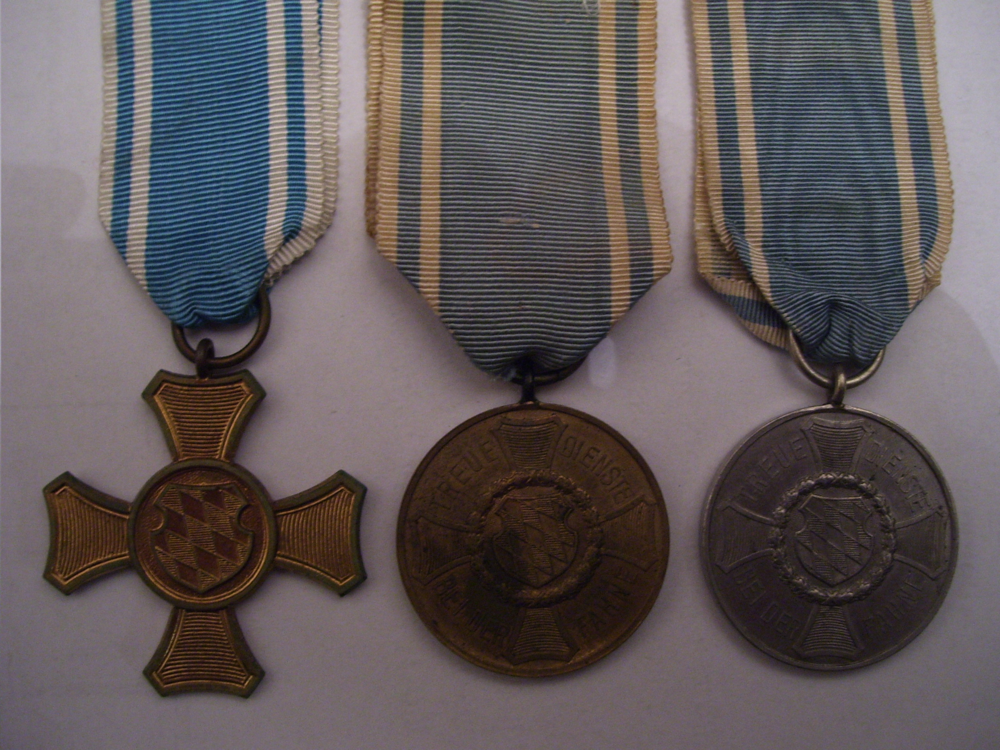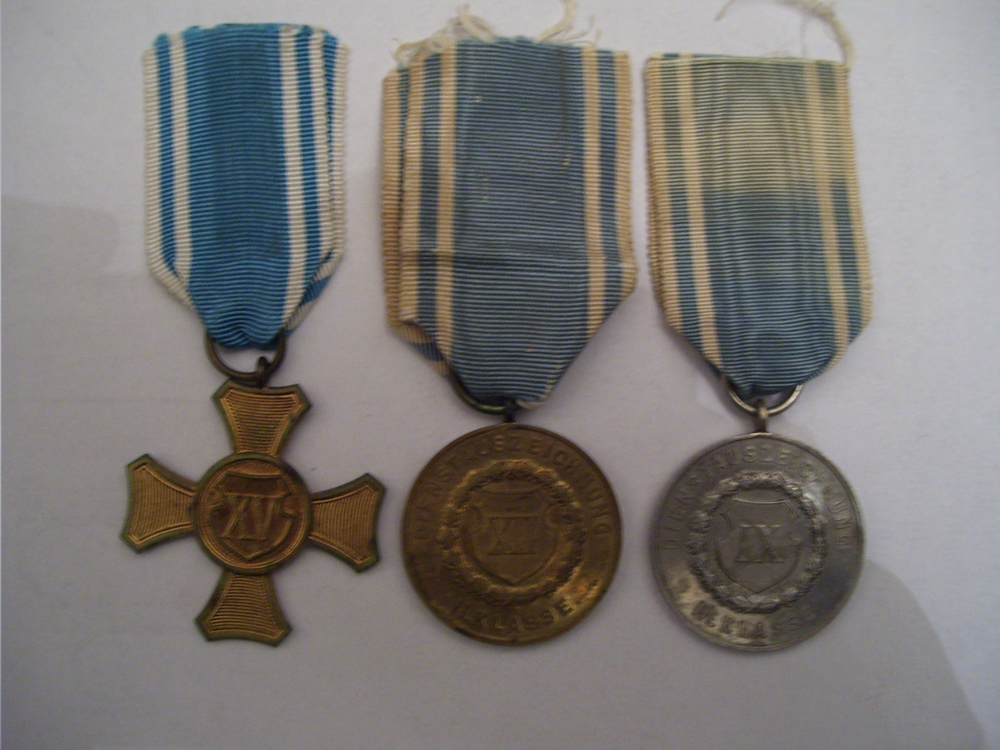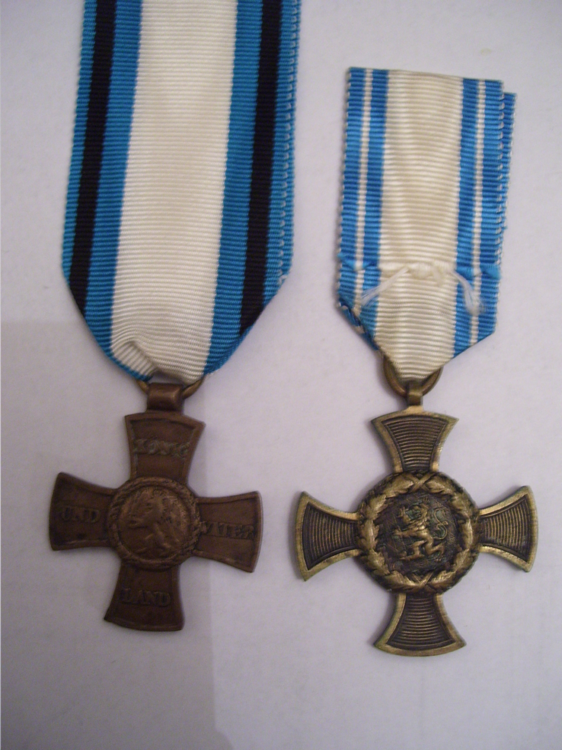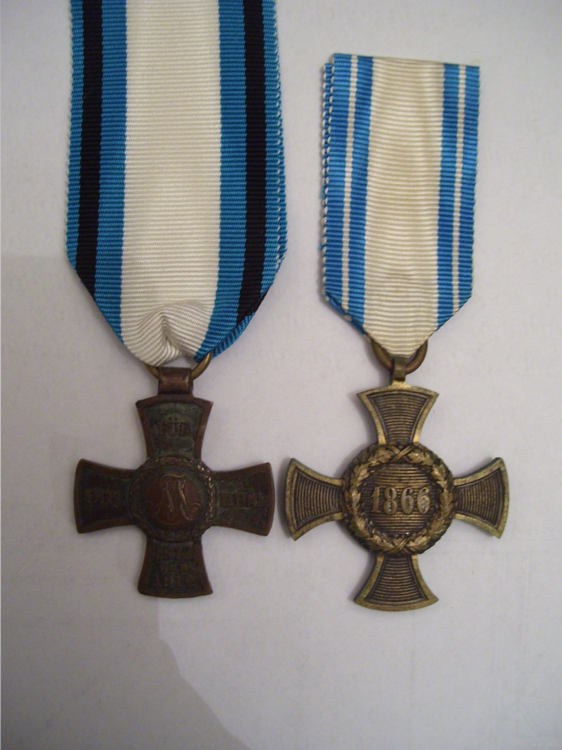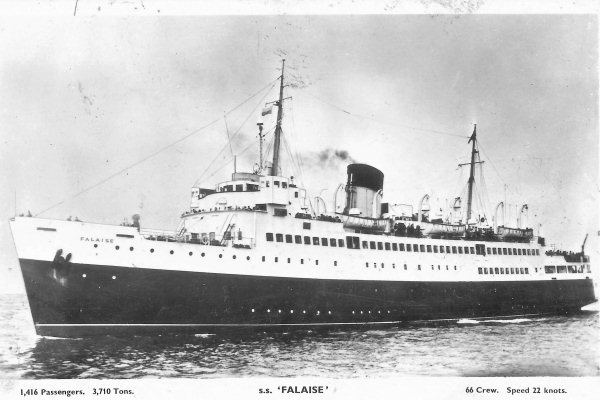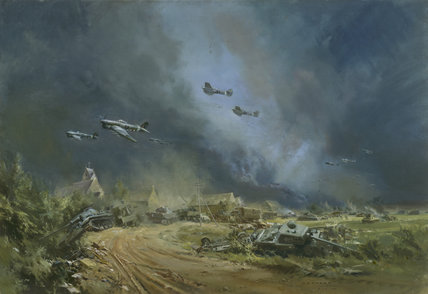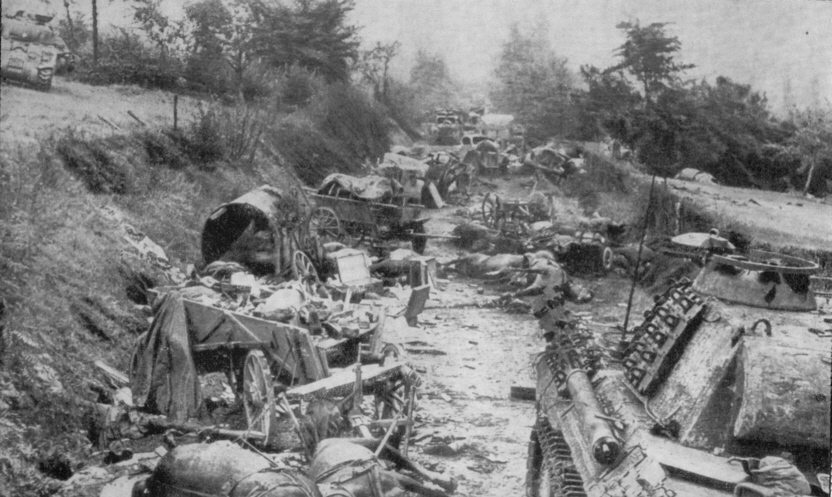Leaderboard
Popular Content
Showing content with the highest reputation on 07/12/19 in all areas
-
Here is a recent find, a wartime version pickelhaube with the steel and nickel metal. The plate on this one is from Baden. It has an original chinstrap and repro cockades (until I find some real ones). The interior is not as pretty as there is some damage to the liner. The liner is stamped: Julius Jansen - Strassburg 1915, on the brim is a ID: IR 100 possibly...3 points
-
A good idea, I don't have a record player anymore. But do have some other items that may do the trick. Not really big into collecting the WW1 Pickelhaube, just wanted a few decent examples.2 points
-
Yeah fritz, I am not overly pleased with the repro cockades myself, but I have had no luck finding a real period Baden set yet. I will put the re-painting on my to do list.2 points
-
Nice fieldgrey fittings. The Reichskokarde is well done with the colours, but the Baden cockade! Try removing the yellow and finish the cockade in a matt gold, the red ring is otherwise ok. The regimental number could be 110, or 170. N.B.: Original cockades were always accurately painted, the ring should be perfectly symetrical, important are also the right tone of colours. The front plate should be attached by two long triangular leather strips. Otherwise a very nice helmet, unusual to find fieldgrey helmets with a regimental stamp, this would be an early one. The following regiments were Baden: Badisches Leibgrenadier-Regt.109 - L.G.R.110, Karlsruhe Badisches Grenadier-Regt. Kaiser Wilhelm I. Nr. 110, Mannheim/Heidelberg (may be stamped as J.R.110) 3. Badisches Infanterie-Regt. Markgraf Ludwig Wilhelm Nr.111, Rastatt 4. Badisches Infanterie-Regt.Prinz Wilhelm Nr. 112, Mühlhausen 5. Badisches Infanterie-Regt 113, Freiburg 6. Badisches Infanterie-Regt. Kaiser Friedrich III. Nr. 114, Konstanz/Wachkommando: Burg Hohenzollern 7. Badisches Infanterie-Regt. Nr. 142, Mühlhausen/E. 8. Badisches Infanterie-Regt. Nr. 169, Lahr/Villingen 9. Badisches Infanterie-Regt. Nr. 170, Offenburg/Donaueschingen As you can see, these are quite rare, and hard to find in Germany. Baden helmets can be more easily found in GB, France and USA, most of them seem to have been "exported" at one stage, i.e., at the end of WW1. Of course, at the outbreak of WW1 additional regiments and reserves were raised, increasing the total number, the figures above are as at June 1914. You should get yourself a decent reference work with a list of all regiments. other ranks' cockade, earlier version or also private purchase type with smaller hole Officer cockade2 points
-
The "UCI" marks are from a California costume company, now long closed. Many WWI era French, German, British items were sold off and are found in collections all over the world. All items are marked "UCI" United Costume Inc.2 points
-
Königreich Bayern, 1806-1918 Militär-Verdienstorden, 4. Klasse mit Schwertern. Silver, Gold and enamels. Slight damage to enamel on one cross arm to reverse. juweller's mark, Weiss & Cie. (Hofjuwelier) and 800 silver mark on swords, on original worn ribbon. MIlitärverdienstkreuz 1. Klasse mit Schwertern Militärverdienstkreuz 2. Klasse mit der Krone und Schwertern, rear of sword with D for Deschler, München Militärverdienstkreuz 3. Klasse, on wide modern replacement ribbon Mit Schwertern und der Krone Mit Schwertern Mit Schwertern, zinc / Kriegsmetall, swords are of iron, as from 1917, scarce Award document for 4th Class with swords, 1917 Set, mounted in the Bavarian style, as worn after 1934 König Ludwig Kreuz für Heimatverdienste, 7.I.1916. Dark toned bronze mounted for wear with Bavarian fold ribbon.1 point
-
In WW1 the Germans were taken by surprise by the arrival of the tank, and were for a short time at a loss on how to take them out efficiently, artillery could do the trick, however since Germany virtually had no tanks of her own, if these could be disabled or the crews taken out, then they could be used for her forces, or as scrap metal for the war effort. The Germans were using the 7.92 "K" bullets which were armor piercing for a while to penetrate static armor plates for snipers and early tanks, but as the allies increased the armor thickness of the tanks this bullet was no longer effective against the tanks. So another solution was needed, the Mauser Company responded with the 13.2mm Tank Gewehr and began mass production at Oberndorf am Neckar in May 1918. Now at this point in history the Germans were not using the word "Panzer" for tanks, they simply used the allies name. The rifle itself was single shot bolt action rifle similar to the G98 model in action, just scaled up tremendously with some modifications such as 4 locking lugs on the bolt. The stock was fitted with a pistol grip as the rifle could not be fired in the manner of the smaller caliber rifles, simply due to the size. The rifle also had a detachable bipod, which helped stabilize the gun for firing. The bipod was traversable and could go in a complete circle. Early models of the bipod were tubular in nature, however most encountered today are the type used on the Mg 08/15, this modification simplified production as well. The gun had iron sights that went out to 500 meters, and was typically operated by a 2 man team, a gunner and the ammo carrier/spotter. The rifle had no sling attachments or a sling in general, it was simply carried over the shoulder in some fashion to were it did not wear out the shooter too much, but was mainly meant to be static. The rifle was 169.1 cm long and weighed 18.5 kg with the bipod, so it was not easy to get around. Roughly, about 16,000 were made during the war. The gun fired an armor-piercing hardened steel cored 13.2 x 92mm (.525-inch) semi-rimmed cartridge, often simply called "13 mm". This gun was a stop gap measure, as this round was originally planned for a new, heavy Maxim MG.18 water-cooled machine gun, the Tank und Flieger (TuF) meaning for use against "tank and aircraft", which was under development and to be fielded in 1919. The rounds weighed 51.5 g (795 gm) with an initial velocity of 785 m/s (2,580 ft/s). The ammo could penetrate 22 mm of armor plate at 100 meters. This particular rifle is dated 1918, serial number 868, all matching parts. The barrel and parts of the receiver have the remains of white speckled paint which was used to help conceal the weapon as it was captured in a pillbox and brought back to the US by a member of company "L", 23rd Engineer Regiment. The 23rd Engineers began arriving in France of November 1917 and participated in the Saint Mihiel and the Meuse-Argonne offensives. This unit was also heavily involved in the post war clean up, involving repair and recovery of weapons, gear and equipment, and left in mid 1919. The rifle had the stock cut in two to facilitate ease of shipment home then was reassembled. Also included are some contemporary photos of the gun, the last one shows it mounted in a sponson of a tank.1 point
-
Here is a WW1 US flashlight or Beacon Light. It was designed to be used in a handheld manner or be hung from the tunic buttons with the use of the leather strap on the reverse of the light. This light has the original battery inside, but is no longer functional. It is similar in design to other European types in use at the time. An interesting piece, one that is often overlooked from most uniform displays.1 point
-
Yes, quite, and so many versions, it would take some time and cost a lot. Plus the leather, preservation also can be time consuming and difficult. While attractive in appearance, these helmets were not practical for the war they were in, like most wars they used the last wars technology at first. Even the US had versions of these helmets with spikes, typically made from wool. Below is an example, pattern 1881 dress helmet.1 point
-
1 point
-
I painted a Baden cockade years ago, it was a cast copy anyway, first of all I did the matt gold, the red ring I painted using a fine brush and the turntable of a record player, that was about 40 years ago. Not everyone has a record player nowadays, but it's an idea, and it turned out very well. I would recommend removing the yellow first, either with a paint stripper or acetone.1 point
-
1 point
-
Erkennungsmarke: Luftwaffen Flugplatzkommando 5. / XVII - Flugplatz Kommando, Betriebskompanie 5 - Luftgau XVII. (Ostmark / Austria) Blood group B. personnel number 285, Aluminium. Unresearched, would have been one of the former airfields in Austria. The Betriebskompanien were responsable for the servicing of aircraft and installations maintainance at the airfield.1 point
-
Laschen is not the correct word, should be Schlaufen (loops), Laschen are the long strips behind the shoulder pieces, which go through the loops. My Bavarian example (1916) has no loops, but both original shoulder /lion) buttons are in place, also the shoulder seams never seem to have been opened. Will post some pictures in due course. The tunic has very light wear and the previous owner found all the papers in the back pockets - Soldbuch + Militärpaß, unfortunately, he sold these separatly. Most 1916 shoulder straps never have any lash at the back, and were apparently sewn directly flush with the shoulder seam. The 1915 greatcoats always had shoulder loops, at least the later examples, my example is dated 1918, and has the large crown buttons.1 point
-
Most people have heard of the Memphis Belle, maybe not it's pilot so much, Robert Morgan. The Memphis Belle gained fame in WW2 by being the first US bomber in England to complete 25 missions and return the US. The Memphis Belle, a Boeing-built B-17F-10-BO, manufacturer's serial number 3470, USAAC (United States Army Air Corps) Serial No. 41-24485, was added to the USAAF inventory on 15 July 1942, and delivered in September 1942 to the 91st Bombardment Group at Dow Field, Bangor, Maine. She deployed to Prestwick, Scotland, on 30 September 1942, moving to a temporary base at RAF Kimbolton on 1 October, and then finally to her permanent base at RAF Bassingbourn, England, on 14 October. Each side of the fuselage bore the unit and aircraft identification markings of a B-17 of the 324th Bomb Squadron (Heavy); the squadron code "DF" and individual aircraft letter "A." Morgans crew flew a total of 29 missions, however on 25 were flown in the Belle. in which they were credited with 8 enemy aircraft shot down. Upon the return to the US, the Belle and her crew embarked on a war bonds drive to help fund the war. Afterwards, Morgan, newly promoted to Major, went on to command the 869th Bomb Squadron in the Pacific Theater. He flew the B-29 name "Dauntless Dotty" named after his third wife Dorothy. On November 24, 1944, he led the first mission of the XXI Bomber Command to bomb Japan, 110 aircraft of the 73rd Bomb Wing to Tokyo, with wing commander Brigadier General Emmett O'Donnell, Jr. as co-pilot. He completed 26 missions over Japan until being sent home on April 24, 1945. Interestingly enough, after handing over the B-29 to a new crew, the "Dotty" crashed 40 seconds after take off, slamming into the ocean, killing 10 of its 13 crew. The three that survived were thrown from the craft upon impact and spent nearly an hour in the water before being rescued. After the war, Morgan continued to fly in the Air Force Reserves, and eventually retired a full Colonel in 1965. At least 10 US aircraft have since carried the name "Memphis Belle" or some derivative. After spending decades sitting outside, the Belle was starting to deteriorate, however in 2003 was disassembled and taken to a storage facility to begin its long restoration. In May of 2017, work was completed and the plane was put on display at various museums. It now resides at the US Air Force museum in Dayton, Ohio. Robert Morgan also wrote an autobiography of his exoperices, it is very honest and brutal, but a very good read. It is titled: The Man Who Flew the Memphis Belle: Memoir of a WWII Bomber Pilot. Below is an autograph I got when I met him at a military show in Dallas Texas in the mid 1990's.1 point
-
Yes, of course the number of mission required to go home only increased as the war dragged on. Unfortunately for the Germans numbers and raw materials were not in their side.1 point
-
1 point
-
1 point
-
1 point
-
Feuerwehr Erinnerungszeichen, 25 Jahre, 1884-1918 Inauguration, 24. June 1884 by König Ludwig II. for 25 years service with the fire brigades in Bavaria. Gilt bronze mounted on pinback ribbon. Makers were Quellhorst and Weiss & Co., München Decoration was issued in a red case with sliding lid, red cloth lined, lid impressed with gold Bavarian coat of arms. Pinback Maker's mark: Quellhorst (München)1 point
-
1 point
-
The picture of the canteen with cover and full harness is from my collection.1 point
-
1 point
-
1 point
-
The deed of Abdication of Kaiser Wilhelm II. at the end of November 1918. On the 9. November on the advice of Hindenburg and Ludendorff, he had left the headquarters in Spa with his personal train in the direction of the Netherlands border at Amerongen. Unknown where this important state document is held today. It is still the basis of the present polical state in the centre of Europe. The question of the monarchy in central Europe has never been resolved to this day. Text: I herewith renounce for all Future the Rights to the Crown of Prussia, and the joint rights to the German Imperial Crown. At the same time, I release all Dignitaries, Officers, Non-Commissioned Officers and Other Ranks of the Navy, the Prussian Army, and all Troops of the Federal Contingents of their Oath of Allegiance, which they swore to me as Kaiser, King and Highest Commander. I expect All, until a new order of the German Empire is resolved, to aid the Accomplished Holders of Power in Germany, to protect the German People against the threatening Dangers of Anarchy, Famine and Foreign Domination. Documented under Our Own Highest Signature and impressed with Our Own Imperial Seal. Given at Amerongen, the 28th November 1918 W i l h e l m1 point
-
No way, he hesitated till the end of November, first he agreed to abdicate as Emperor Germany, but was unwilling to abdicate as King of Prussia. However, the Throne was still open to his heirs, Crown Prince Wilhelm, and his heirs. The family has to this day never relenquished the rights to the Throne. However, WW2 changed many things, and the House of Hohenzollern lost all it's lands in the East, including Königsberg and East Prussia, which were the Jewels in the Crown. The present heir is Prinz Georg Friedrich. He recently lost a court case against the Federal Republic of Germany for the return reposession of former rights and for the return of works of art and estates worth millions. The new Crown of 1889 The Crown jewels of 1701 Georg Friedrich Prinz von Preußen, present heir to the Throne1 point
-
I bet he was not happy writing that, hopefully he had some good schnapps to help.1 point
-
Another question on the LW badges, I have seen some with gold braiding around the edges, sometimes silver as well, is this for a proficiency level?1 point
-
Yes I agree Fritz, seems everything is getting harder to find. Third Reich coins, especially the silver ones are getting expensive and the notes are not cheap either.1 point
-
Rare to find as a "set" and in this condition, otherwise a lot of them around in used to very used condition. The 3rd Reich period coins are now getting rare and expensive. On one side is a very small letter, which stands for the mint, where it was produced, this along with the year and condition makes the value higher. A = Berlin, J = Hamburg, etc. Good notes are also very hard to find.1 point
-
1 point
-
1 point
-
The last bayonet with a ground-down sawback by Fichtel & Sachs has a Bavarian crowned "L" mark over the 16, nice to have, being a Bavarian issue. The new bayonet frog looks good, getting hard to find now, and I paid over the mark last year whilst getting one for our local museum. Do you also have some bayonet knots to go with these? These knots were in the colours of the company/batallion within the regiment, and were always worn, even till 1918. The same colour system was used till the end in 1945. Today, there are no bayonets, swords or knots.1 point
-
1 point
-
There have been a number of fieldgrey (iron) spike bases around lately, but difficult to get the spike. The leather could be carefully stitched where it is not noticeable, if there is no part of it missing, simply put the ends together and stich firmly, using a thimble and a suitable thread, it does not have to be particularly thick, a slightly thinnish thread should do. I have done quite a few repairs in my time, including stitching front and back peaks on, for these, a suitable shoemaker's thread would be best, never make any extra holes, using the originals, making sure it is an exact fit.1 point
-
On the chinstrap, one of the ends is broken that is why it does not tighten up. I could repair it, but will leave it for now. It is possible it has been re-worked at some point, it is really hard to find anything that has not. Either done in period or afterwards. Yes the spike also appears to be brass, which tends to lead that it was cobbled together. I will be on the lookout for a suitable replacement.1 point
-
The first gas type you mention was "Maskenbrecher" or Adamsit*. On the Somme I found a few bits and pieces, there were live Lebel cartridges from 1915, before the British took over the sectors. On a field (Schwaben Redout), I found the remains of boot soles with the hobnails still in them. Below the slopes of the Butte de Warlencourt there was an unexploded British handgrenade, and many other bits and pieces. * Also known as Phenarsazinchlorid Diphenylaminchlorarsin 10-Chlor-5,10-dihydrophenarsazin1 point
-
1 point
-
I believe this to be a WW1 Era German Identity tag. most likely the model 1879 type (correct me if I am wrong here Fritz). It is stamped "R.J.R. 61" Which I think means reserve jager regiment 61. Next line is "2. Komp" for 2nd Company, followed by "88" which should have been the wearers position/roster number.1 point
-
I agree 100% Fritz, I am always cautious when buying from new or non-vetted sources. I got this tag in England along with a bunch of other items, so it was a "lot" sale. I have seen a lot of personal items coming out of Eastern Europe and Russia, and have often wondered if these are being dug/obtained legally.1 point
-
I forgot - Westfälisches Jäger-Bataillon 7 (Schaumburg-Lippe), now added. The identity disc / Erkennungsmarke shown above is one of a set of 2, later replaced with a split disc, which could be broken into two pieces. The fact that the disc shown is only single could well mean that the wearer was a casualty. Many ground dug discs have been turning up in the past few years, particularly in Eastern Europe and Russia - this practice is illegal - when discs are found, these have to be reported to the authorities responsable - behind each disc is the fate of a missing soldier. It is a matter of tact and responsability when purchasing discs from dubious sources. Below is a set of matched discs to one wearer. On the smaller disc is a coloured cord, red/white/black: Deutsches Reich, the other is in the colours of the nationality of the wearer, black and white for Prussia. They are from the Garde-Füsilier-Regiment, Ers.-Btl., 4.Komp., later 8. Kompagnie. Name, date of birth and address and Stammrollennummer are included on the larger disc.1 point
-
Here is another WW2 Era German Beverage bottle, this one is called Afri-Cola. Afri Cola was a direct Coca Cola knock-off. The bottle was heavily molded in the fashion of Coke bottles and the two-part name and logo were reminiscent of Coke. They even sold it for consumption in Coke "shaped" glasses. The trademark symbol was a palm tree. The description of the contents, the trade mark protection data, and even the dating code on the bottle was copied almost verbatim from a Coca Cola bottle. On the bottom edge it reads "Hersteller der Afri-Urprodukte Bluna-Koln 18" in the center it reads "0.25l Ge 2241"1 point
-
1 point
-
I was going through some of my items, ran across some 50th Anniversary of the Normandy Landings. Back in 1994, I was in a re-enactment group based out of Germany, mainly consisting of US military members and civilians. We requested permission (6 months out) to be part of the ceremonies that would be held on the 50th anniversary. We arrived a week before the actual ceremony date on June 6th, in between touring around the area in a Willys Jeep backseat (which is not as uncomfortable as you may think), we would assist veterans at the cemeteries to find their friends and fallen comrades. That was a great experience, hearing the stories from the veterans, what they went through. The U.S.S. Normandy was anchored off Omaha beach and early in the morning on the 6th of June, they stamped all of these US stamp sets. They were given out to all the attendees of the ceremonies at the Colleville-sur-Mer cemetery, which had many heads of state, hence the security clearance, my badge for the event is included. I also was in the 50th anniversary of the Battle of the Bulge, were we invited to stay in the Belgian Army Barracks in Bastogne, as re-enactors we did parades and re-enacted the events from 1944, my official badge for that event is also listed.1 point
-
Landwehr-Dienstauszeichnung Landwehr-Dienstauszeichnung 1. Klasse, Silver. For 20 years service in the Landwehr: Introduced by König Ludwig II., 1876. Suppressed 1918. Landwehr-Dienstauszeichnung 2. Klasse, 1876-1913, 1st type (Schnalle) Landwehr-Dienstauszeichnung 2. Klasse, copper bronze, 1913-1921 Landwehr-Dienstauszeichnung 3. Klasse, Neusilber, 1913-1921 (on replaced modern ribbon) Dienstauszeichnung 3. Klasse, 1876-1913 Landwehr-Dienstauszeichnung 2. Klasse, 1876-19131 point
-
1 point
-
1 point
-
The "Falaise" made the crossings between Saint Malo and Southampton in the early 60s The famous painting by Frank Wootton Falaise, the aftermath The predecessor of the SS "Falaise" was, I believe, used in the Dunkirk evacuations and survived the war. The "Falaise", togehter with the "Brittany" were used in the postwar years as passenger ferries between Southampton and Saint Malo, travelled frequently in this during the early 60s. In the lounge was a large copy of the original painting of the "Falaise Gap" by Frank Wooton, now in possession of the Imperial War Museum. I still have vivid memories of the port of St. Malo, the "Falaise", the picture in the lounge and the general holiday atmosphere of the crossing and of the Bretagne. More info on this nostalgic passage under "Les Bateaux de Saint Malo" http://www.bateaux-de-saint-malo.com/en/fiche Falaise.htm1 point






